Seat Cushions
Some wheelchairs have hard seats that can put pressure on a child’s skin. Children with no feeling impairment will change their position when an area of their becomes painful. Children who have impaired sensation and are not as sensitive to feeling do not know when they should adjust their position. This lack of feeling and movement could lead to a child developing pressure sores on his or her skin.
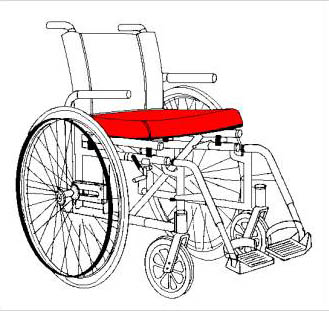
To decrease the chance of pressure sores, the wheelchair seat can be adapted to have padding. All spinal cord injured persons should use a good cushion. The best pressure relief can be offered by cushions with air or gel in the seat, like those sold by Jay and ROHO (these cushions are very expensive).
For a low cost alternative, a cushion can be made from a thick piece of foam. Air cushions made from bicycle inner tubes are also excellent for prevention of pressure sores. Use 1 or more tubes, depending on the size of tube and the size of child. Bind the loops of the tubes together with thin straps. Pump in enough air so that the child’s whole butt is held up by air.
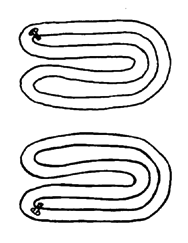
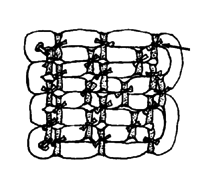
Families should avoid using donut shaped cushions for children as they can actually decrease blood flow to the butt and cause wounds to form.
Pressure Relief
Every 15 minutes, the child should change his sitting position so that blood can come to all areas of the skin. Changing positions includes leaning left, right, forward or backward and lifting the body off the chair.
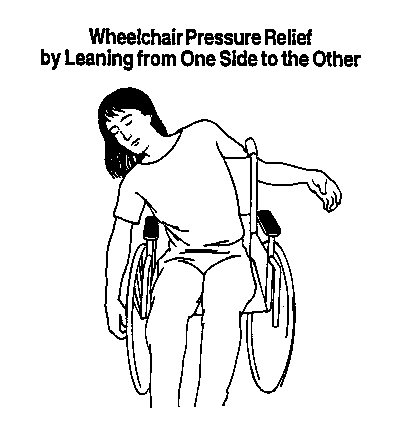

It is best for children to take a break from their wheel chair for about 20-30 minutes every two hours. The child can rest lying on their side, back or belly. If a child must sit for longer, wheelchair push-ups and other pressure relief techniques can be used.
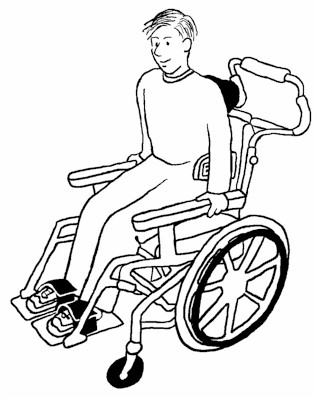 Wheelchair push-ups: This exercise should be done every 15 minutes while the child is seated. Teach the child to grip the arm rests and straighten out the elbows lifting the buttocks completely off the seat. Hold for a 3 or more seconds. Repeat 3 times.
Wheelchair push-ups: This exercise should be done every 15 minutes while the child is seated. Teach the child to grip the arm rests and straighten out the elbows lifting the buttocks completely off the seat. Hold for a 3 or more seconds. Repeat 3 times.